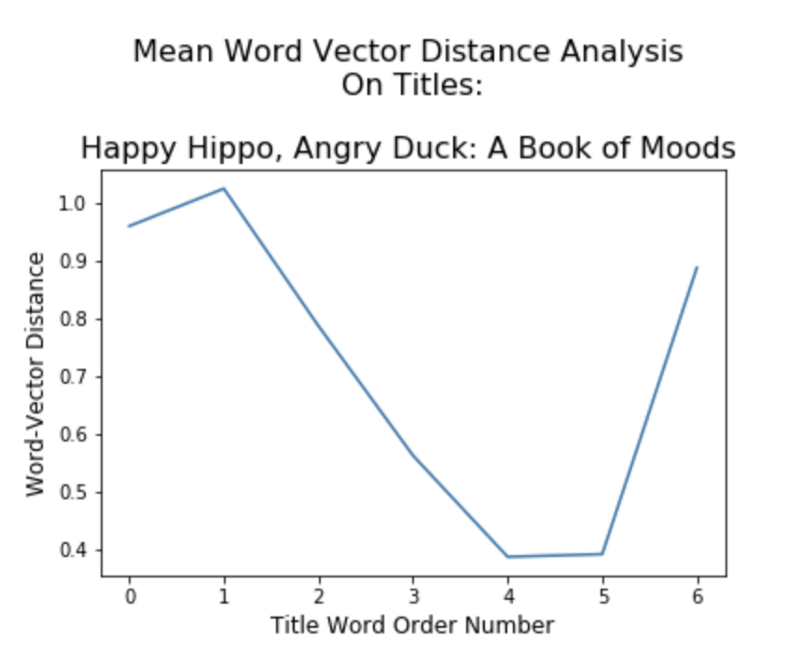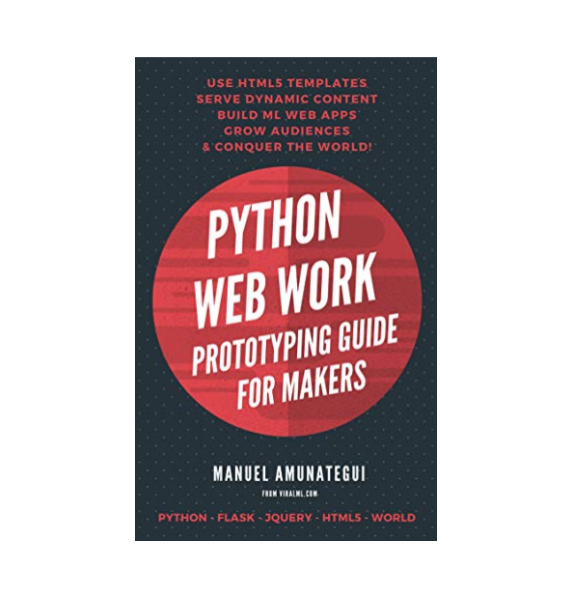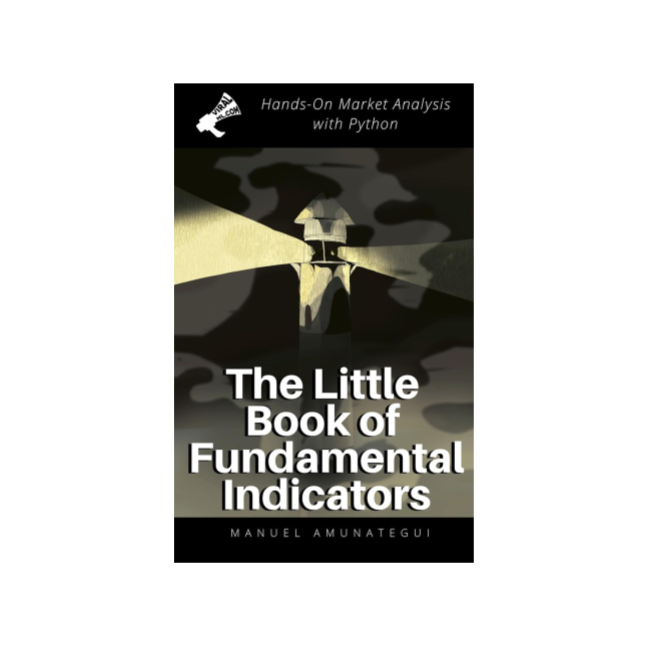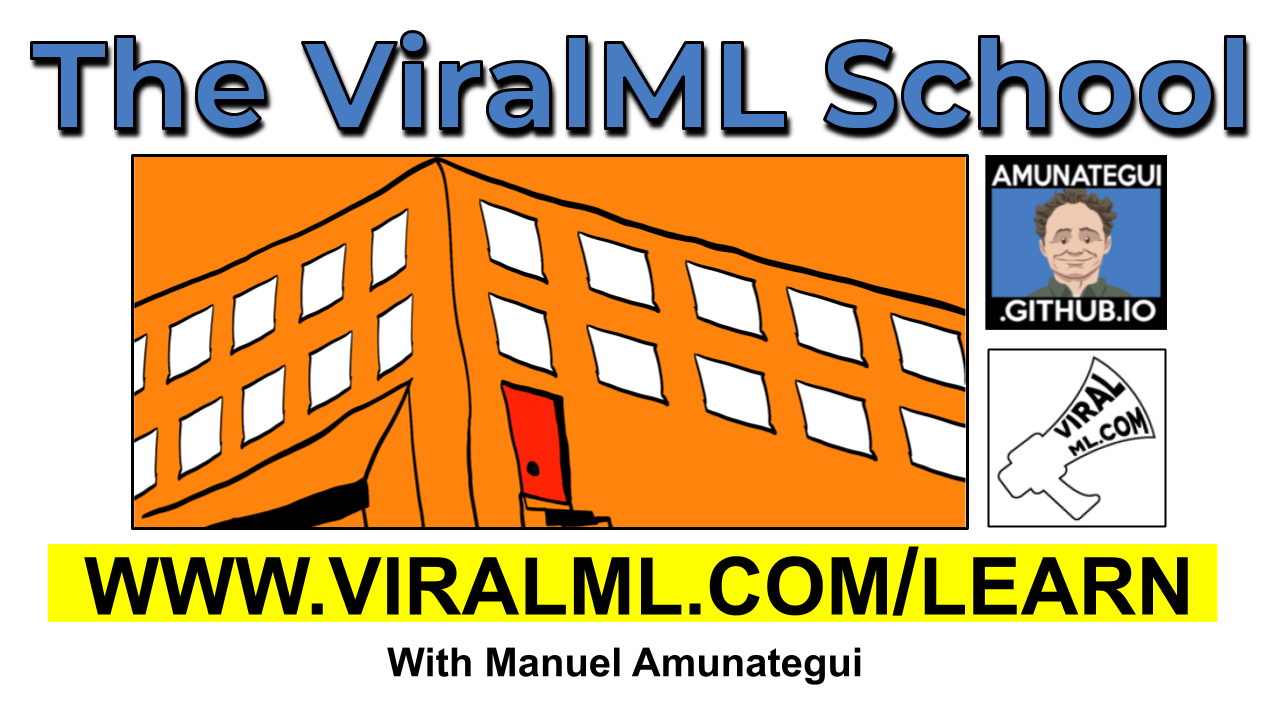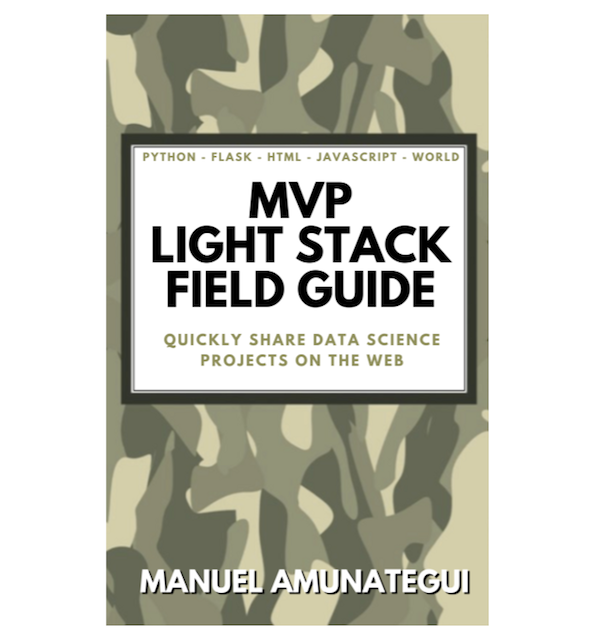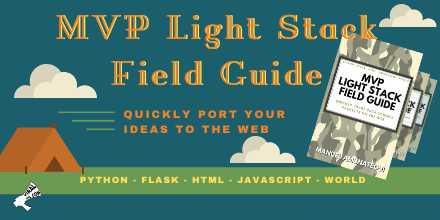
How to Write Powerful Titles that Transform Visitors into Voracious Readers — 3 Startling Discoveries from Analyzing Millions of Top Titles
Podcast Transcript

A title is a front door to many things including books, movies, product listings, blog posts, YouTube videos, Twitter posts, etc. If it isn’t great, it doesn’t matter what’s behind it, it will never be opened as your readers are long gone. All efforts to better understand this phenomenon are bound to have far-reaching benefits.
I do read and trust other people’s research, but I wanted to get some first-hand experience so I grabbed two data sets comprised of 1.4 Million Medium Stories and 4 Million Amazon Best Selling Titles and ran the most popular ones (most clapped on Medium and more than four-star ratings on Amazon) through a gauntlet of natural language processing scripts.
And here are my top 3 findings.
1 — Most Popular Starting Words
I counted the frequencies of the first word, the first two words, the first three words, and the first four words the titles. I was surprised to discover that over 40,000 titles, started with the pair of words “How to”. So, if you just have room for only one tip today, there it is, make your title start with “How to” and you’ll be hitting that universal yearning that we all have to learn new things… And I promptly titled this piece accordingly.
Not writing a “How to” article? Is it more of a “What is” or a “How I” article? No worries, those are next in the most popular sets of starting words.
Here are the top-20 starting pairs:
How to, What is, How I, Why I, Why you, This is, Are you, What I, The best, Why we, How do, Do you, The future, Building a, I am, The power, How we, If you, What are, 5 ways
Here are the top-20 starting triples:
How to make, How to get, How to create, How to build, Why you should, The power of, How to use, How to be, The future of, What I learned, The art of, The importance of, What is the, 5 ways to, How do you, Getting started with, How to write, An open letter, How to become, How to find
2 — Title Length
This one may be a “low-hanging fruit” but it’s important nonetheless. The sweet spot of the ideal title length is 6 words but anything around 5 and 10 will do. Keep it within that bracket and you’ll be doing great!
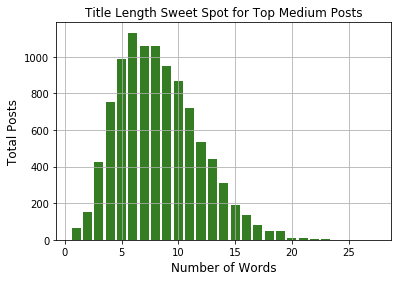
3 — Title Composition
Understanding the composition of a title was definitely not a low hanging fruit but a necessity to better understand things. I applied Natural Language Programming (NLP) to all the titles. This may seem simple but it is far from. NLP is a form of machine learning and machine learning models only understand numbers. Thus, some form of transformation was required in order to analyze these quantitatively and that usually means compromising.
I don’t want to delve too deeply into this topic but, for background, I ended up going with word vector embeddings which attempts to understand how each word in a title relates to all other words within its title, the other titles, and within the context of the English language. This is a very powerful technique but the conclusion was even more powerful.
A successful title contains two meanings. This means that if your title is either “I am cold” or “dogs are barking”, it won’t be as powerful as “I am cold and the dogs are barking”
Two meanings seem to give just the right amount of information — enough to know what the book is about and not too much to boar or scare them off. And apparently, it can be well done in 8 words. This was discovered by using the word embeddings to plot the distance between the words of each title consecutively. The very popular ones formed a “smile”, different meanings where distance and they were glued by some conjunction.
Here is an of a popular children’s book “Happy Hippo, Angry Duck: A Book of Moods”:
